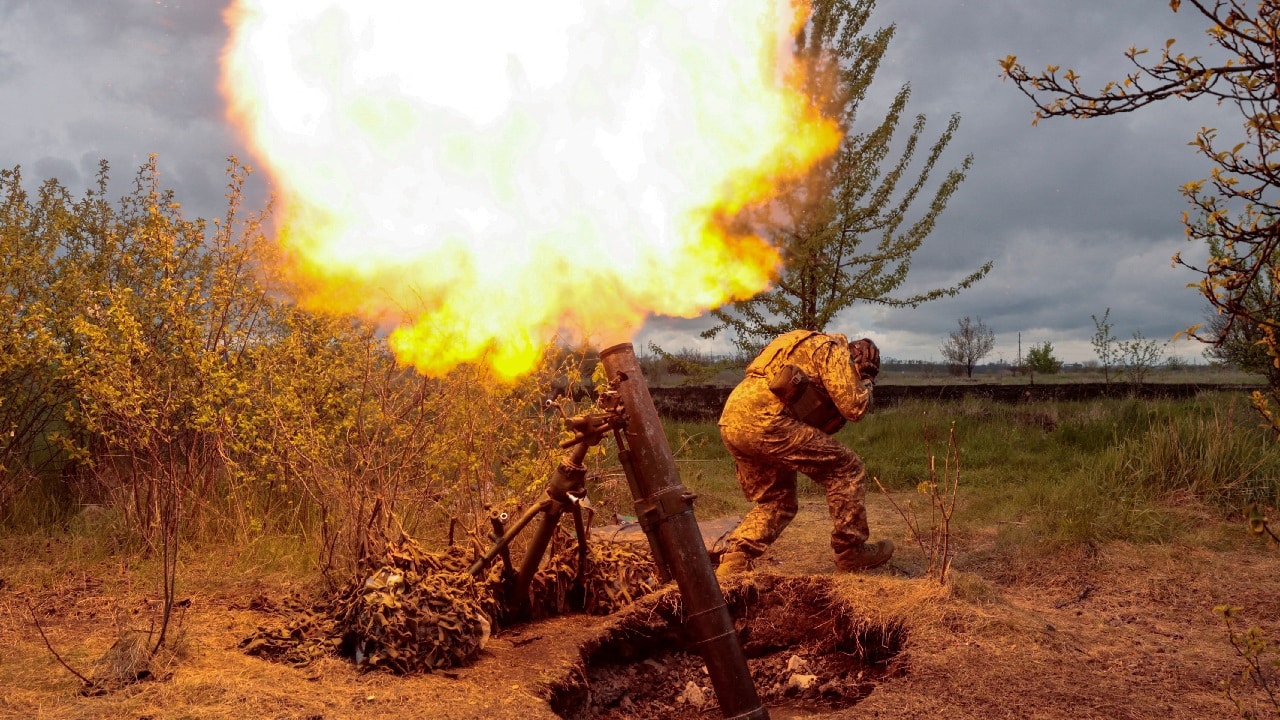Steve Balestrieri

The Ukrainian Army is attempting to take back the city of Kherson in southern Ukraine, the first major city to fall to the Russian invasion. Kherson had a prewar population of about 300,000 people and has strategic value.
And if the counteroffensive makes it into the city, the Ukrainians will have plenty of support from the partisans, the so-called “Shadow Army.”
Kherson controls the freshwater flow to the Russian-annexed region of Crimea on the Black Sea. After Russia annexed it in 2014, the Ukrainians cut off the flow of fresh water, which supplied 85 percent of the freshwater to Crimea.
Kherson is also a port city and is the jumping-off point for Moscow to attack the port of Odesa. It would provide the land bridge between the separatist republics in the east, Crimea, and the Russian proxy-held area of Transnistria in neighboring Moldova.
Russian Tactics Made it Easy For Resistance to Flourish
As soon as the Russians occupied Kherson, as in other cities and towns, they began typical Draconian Russian measures, which had the opposite effect of pacifying the region.
Using the Stalinist-era playbook, what followed was purges and food confiscation. Public officials, former Ukrainian military personnel, journalists, and anyone protesting the occupation was sought, many of whom were kidnapped off the street.
Then they were questioned by FSB members, beaten, tortured, and in many cases, killed while in captivity.
The Russians introduced the ruble, and would only accept that as the currency. Ukrainian television was shut down, and only Russian news has been allowed in the city. Ukrainian teachers were fired, and Russian teachers were brought in with a pro-Moscow curriculum.
Back in April, the Ukrainian head of intelligence, Gen. Kyrylo Budanov, announced that an insurgency was getting ready to start. That insurgency is growing inside Russia-occupied Ukraine, and the attacks against Russian troops and proxy government leaders are getting worse.
What is “the Shadow Army” of the Resistance
Ukraine’s resistance group in Kherson, the so-called Shadow Army, consists of ordinary citizens, who have varying degrees of training, however, their citizen status makes it more difficult for Russian troops to find them.
There are billboards in Kherson of a hooded figure whose face is in darkness. It says, “Kherson: The partisans see everything.” This was designed to warn average Ukrainians not to collaborate with the Russian military and keep Russian troops on edge. And it is effectively true.
Ukrainian citizens have been largely utilized to document every move the Russians make inside the city and report them to Ukrainian military officials. The reporting is the dangerous part. They are bolstered by a group that flies drones over Russian positions to pinpoint their locations to the Ukrainian artillery.
And then there are actual guerrilla fighters of the partisans who have more training and have conducted acts of sabotage and targeted assassinations of proxy civilian leaders and Russian officials.
Ukraine’s History of Resistance:
Ukraine’s history shows that its people have the will and ability to fight a protracted guerrilla war. Ukrainian partisans fought against Nazi Germany during World War II. Later they fought against Soviet occupiers, and guerrilla warfare of some sort lasted into the 1950s.
That resistance against the Soviet Union continued with no outside support, which is amazing, considering that the Soviets would suppress any resistance using the same brutal tactics Russia now employs.
Today, Ukraine has given rudimentary training to Ukrainian Territorial Defense forces. Training from its special operations forces, which learned from Western militaries – including the U.S. Army Special Forces, who are experts in guerrilla warfare – will greatly increase their effectiveness. Plus, the Ukrainians are getting plenty of outside support from Western democracies to aid in their fight against Russian aggression.
Ukraine Has Begun Guerilla Warfare In Kherson
The New York Times reported that there have been a dozen attacks since the Russian occupation, targeting high-profile individuals in Russian-occupied territory. That speaks to a highly organized operation, with coordinated attacks to disrupt the Russian occupation.
The guerilla attacks are largely concentrated in southern Ukraine’s Kherson and Zaporizhzhia regions. This is significant because the partisan activity will require Russia to pull front-line troops back to secure rear areas and population centers in the very places where the Ukrainian military is conducting a counter-offensive.
Ukraine has set up a website called the Center of National Resistance, which features reports of Ukrainian guerilla attacks, as well as instructions on methods of sabotage and how to use VPN to get real news instead of Russian propaganda.
Alexander Motyl of 19fortyfive.com, back in late May, amassed reports of numerous incidents where resistance elements killed Russian troops, assassinated pro-Russian bloggers or government officials, sabotaged acts, and much more. In some cases, attacks against Russian troops may have been conducted by members of Ukraine’s Special Forces or were guerrilla actions led by them.
No comments:
Post a Comment